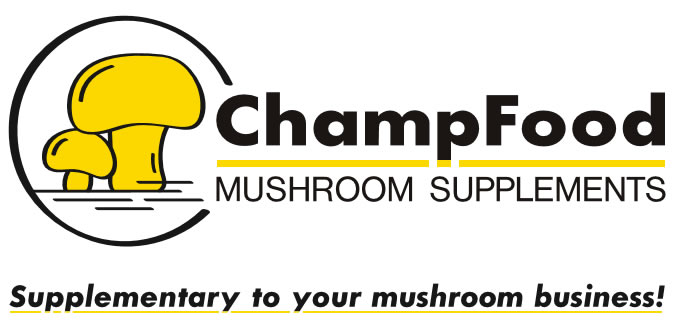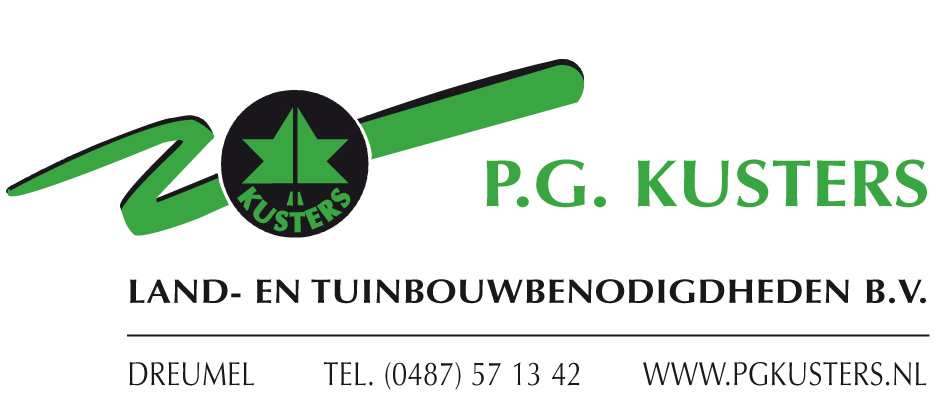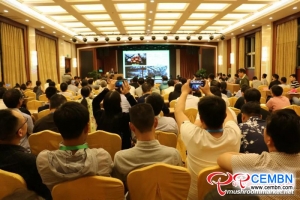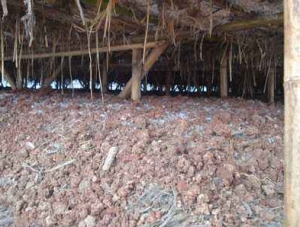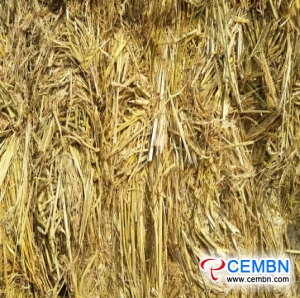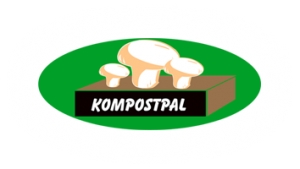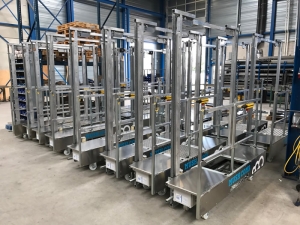
Mushroom Matter
Welcome on our platform. Why MUSHROOM MATTER? Because mushrooms play an important role in our lives as well in business. Our goal is to bring the world the very latest mushroom news with the upmost care to support the positioning of our beloved Mushroom.
In order to thoroughly implement the spirit of the 19th National Congress of the Communist Party of China, further promote the communication, cooperation and integrative development between domestic and oversea mushroom industry, 2018 China International Mushroom New Products and Technology Expo & Development Forum of Rare Morel Industry sponsored by China Edible Mushroom Business Net, supported by China Township Enterprises Association, National Development Alliance of Agricultural Products Processing Industry and Mushroom Association of Henan Province, undertaken by Lushi Jiulong Industrial Limited Company, Sanmenxia Jiulongshan Agricultural Technology Co., LTD and Beijing Zhongjun Huabao Exhibition Service Center will be grandly held on 10-12th, April in Sanmenxia International Convention and Exhibition Center in Sanmenxia City, Henan Province, China.
With the theme of “New Era, New Mushroom Industry, New Deed”, this time of expo embraces on a series of focus issues such as supply-side structural reform, precise poverty removal and R&D of rare mushroom variety and market circulation of products in new era. During the expo, relevant leaders, mushroom mavens and entrepreneurs will show up at the scene for communication, and discussion on aspects of achievement transformation of new mushroom products and technology, characteristic mushroom town and circular leisure agriculture, synthesis of mushroom countryside.
As the host place of the expo, Sanmenxia City is situated in the junction of China’s three largest provinces of mushroom production referring to Henan, Shaanxi, Shanxi Province where is recognized as the main distributing centre in regard to R&D and production of mushroom strain, and supply of mushroom supplies and equipment, and holds solid development foundation of mushroom industry.
Sanmenxia International Convention and Exhibition Center, this time of expo site, integrates internationalization, specialization and other functions into one. Besides, the site holds convenient traffic and exuberant popularity as well as adjoining Sanmenxia Reservoir, Swan Lake Wetland Park and other scenic areas.
Henan Province is widely accepted as China’s largest province of mushroom production, in 2016, gross mushroom output obtained 5.1 million tons and output value came to 38.1 billion CNY in the province, which ranked top in China. Now, there are over 200 enterprises engaging in mushroom processing in Henan Province, more than 40 intelligent and industrialized mushroom enterprises are built while above 2 million households have been leaded to launch into mushroom production. Evidently, mushroom industry has become an important component in modern agriculture of Henan Province, besides, it has also made a positive contribution for farmers to end poverty and generate incomes as well as booming rural economy.
China Mushroom New Products and Technology Expo has been successively held for over 17 times while a major impact has been taken shape within the industry. Armed with the philosophy of “High-efficiency, Pragmatic and Down-to-earth,” and operation pattern of specialization, marketization, diversification and internationalization, the expo helps build channels for connectivity of product and information between domestic and oversea mushroom industry, provides international cooperation and exchange platform for mushroom enterprises.
If you want to register ahead of time, please contact Amy (International Department) at WhatsApp: +86 13141271083 or at Email: This email address is being protected from spambots. You need JavaScript enabled to view it.
Mushroom cultivation twinkles as a sunrise industry
Recently, in Brazil mushroom greenhouse of Shangmei Village, Wuyishan City, Fujian Province of China, mushroom growers are busy with preparation work of mushroom cultivation.
As the model village of mushroom production, Shangmei Village vigorously strengthens cultivation of Brazil mushroom, Bamboo fungus, Black fungus, Flower mushroom, Russula and others which enjoy wide market and gain popularity by customers.
In 2017, 270 Brazil mushroom greenhouses were built in Shangmei Village, gross output reached 108 tons, by market price of 130 CNY per kg, gross output value came to over 14 million CNY. Besides, the village is also exploiting 6-7 mushroom varieties, more than 1000 people join in the industry and contribute to annual output value of 20 million CNY or so.
Now, in factory of Shanghai Lianzhong Mushroom Cooperative, whole transformation process of straw is being staged.
“We mix dried straws and cow dung, after several days of fermentation, they become swarthy base stock,” introduces Mr. Zhang, principal of the cooperative passionately, adding that this year, he holds over 700 mu of straws, to calculate by mu output of 800 kg, gross output reaches 5.6 million kg.
Straw recycling on mushroom cultivation facilitates eliminating environmental pollution while generating handsome incomes and realizing a win-win situation.
In 2015, Shanghai Lianzhong Mushroom Cooperative introduced advanced technology from Holland, and launched into green and ecological mushroom cultivation via the mixture of chicken manure and straw. By now, 12 straw packing machines have been introduced to the cooperative, once straws are harvested, machines recycle and package smashed straws. Now, annual consumption amount on straw reaches 20,000 tons in the cooperative.
Mudanjiang City of Heilongjiang Province: Gross mushroom output attains 2.18 million tons
According to the latest statistics from Supply and Marketing Cooperative of Mudanjiang City, Heilongjiang Province of China. In 2017, gross cultivation capacity reached 4.3 billion bags, gross output on fresh mushroom came to 2.18 million tons and average per capita pure income represented 3500 CNY to local growers.
As the Black Fungus Capital of the World and The Largest Production and Marketing City of Chinese Superior Monkey Head Mushroom, Mudanjiang City positively guides mushroom growers to build greenhouses, lift mushrooms quality and stimulate the circulation.
By now, 1000 standardized mushroom greenhouses have been established in the city, gross amount of greenhouse has been increased from 9000 to 10,000 and total cultivation capacity attains 300 million bags. According to statistics, in 2017, mushroom output of Mudanjiang City respectively accounted for 65% of Heilongjiang Province and 6% of China, specifically, in the city, cultivation capacity of Black fungus obtains 3.96 billion bags and gross output comes to 1.98 million tons, accounting for 30% of China’s Black fungus output and sitting in leading position. On aspect of Monkey head mushroom (Lion's mane mushroom), Mudanjiang City wins 155 million bags of gross capacity and acquires 93,000 tons of gross output.
Kompostpal movie
An interesting movie how Kompostpal is producing the base for growing mushrooms
Evolvement in the mushroom picking business
Demand from customers in picking efficiency and developments in the picking business have got us thinking to provide a solution. Safety becomes an important value in the workplace due to increased labour inspections.
Therefore we have developed the Compact+ Picking Lorrie. This was done together with a Dutch grower. His search was simple:
“A picking lorrie which is worker friendly.” In the existing market he couldn’t find this solution. So together with Mush Comb this innovation was started. The picking lorrie is specifically designed to improve the efficiency of picking. A very strong focus is user friendliness, this in combination with comfort of working and high safety.
The first Picking Lorries have been put into practice and proven their effectiveness. Our goal is to supply more customers with our Compact+ Picking Lorrie to grow their business now and in the future.
For more information please visit the website of Mush Comb.
Open Days
Vullings Systemen announced an open day on February 1st and February 2nd at Vullings. They also informed you about the new production hall, which is being constructed at the moment. Due to the activities and safety in relation with this construction, they have decided to reschedule these open days, which will be held on April 5th and April 6th.
Save one of these dates if you want to be inspired and if you would like to know the latest developments concerning water supply in the mushroom industry. You will be invited soon!
If you have any questions, please feel free to contact them.
www.vullings-systemen.com
This email address is being protected from spambots. You need JavaScript enabled to view it.


